| Structure | Name/CAS No. | Articles |
|---|---|---|
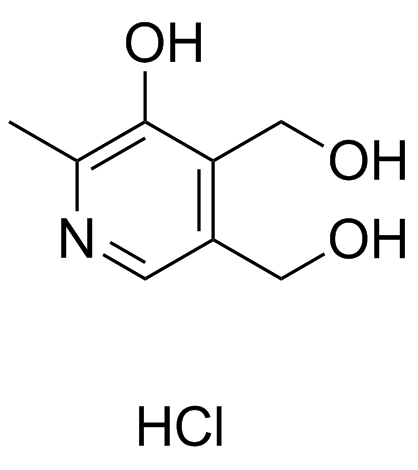 |
Pyridoxine hydrochloride
CAS:58-56-0 |
|
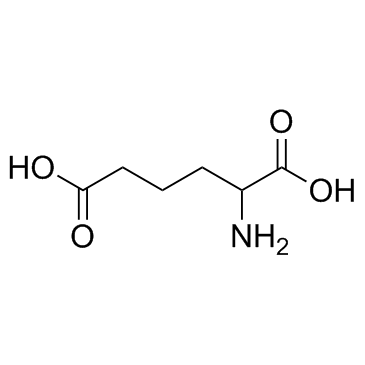 |
α-Aminoadipic acid
CAS:542-32-5 |
|
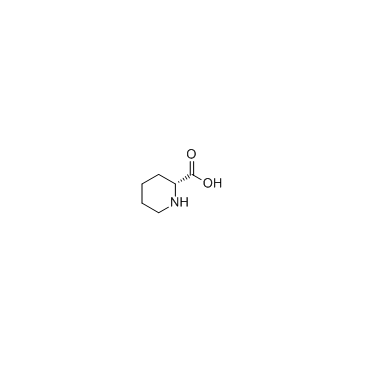 |
H-D-HomoPhe-OH
CAS:1723-00-8 |
|
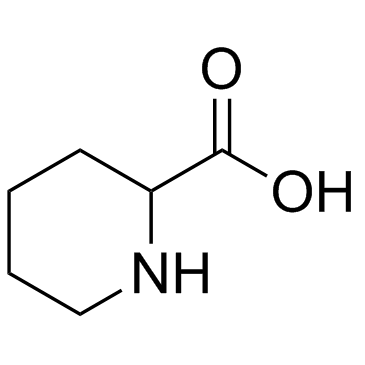 |
Pipecolinic acid
CAS:535-75-1 |
|
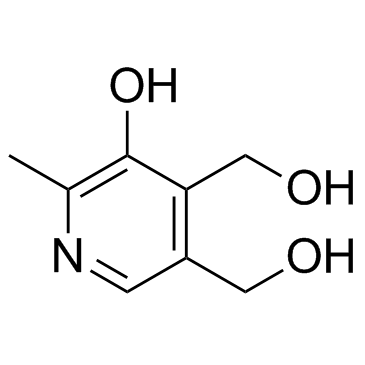 |
Pyridoxine
CAS:65-23-6 |
|
 |
L(-)-Pipecolinic acid
CAS:3105-95-1 |